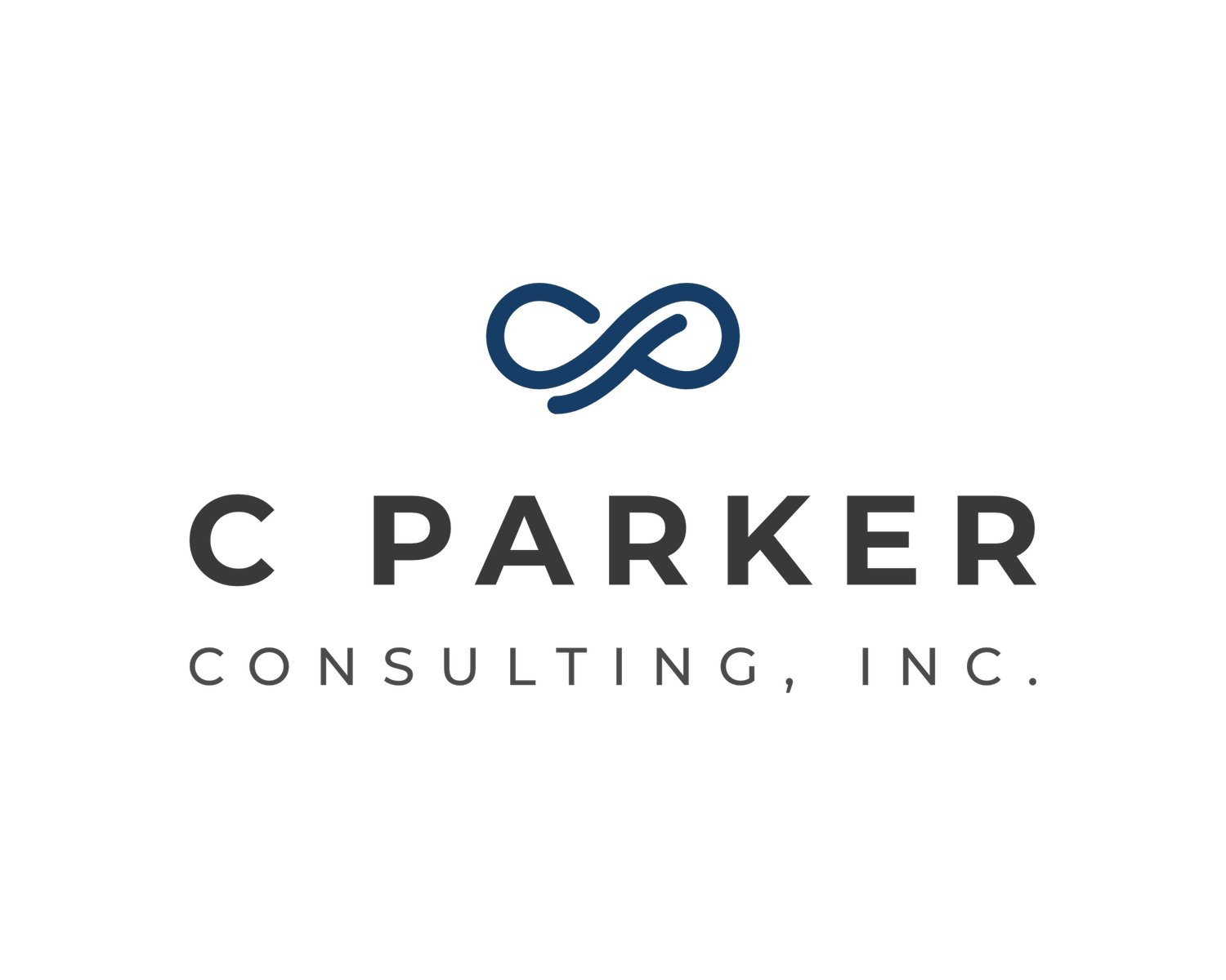The Error of Our Ways.
/A recent report indicates that over 85% of large companies devote significant resources to strategic planning.
If such a high percentage of companies are heavily engaged in strategic planning, why are so many still saddled with bad strategies or no strategies? Where do these organizations, many of which have enormous resources and experience in this area, go wrong?
Maximize your chances for success by asking yourself these key questions as you prepare for your own strategic planning process:
When do you do your strategic planning?
If the calendar dictates when you do strategic planning then you’re probably not as connected to your market or your customers as you should be.
For many companies, the annual retreat is the time and place for strategic planning. But all too often this is just a feel good exercise that provides the corporate version of the refrigerator pictures that adorn the kitchens of families with small children.
I’m not suggesting that annual reviews are bad (although quarterlies make a great deal more sense). Rather, I am suggesting that good strategic planning reviews are deliberately scheduled. Great strategic planning occurs as an on-going event and is agile enough to respond to new opportunities and market trends.
Why are you developing a strategic plan?
At the core of a good strategic plan is a problem.
Your problem may be a new challenge from your competition, shifts in the regulatory environment, or a new technology that threatens obsolescence. The key to a successful strategic plan is to start with the problem.
Often you'll read corporate strategies that say things like “we plan to grow by acquisition” or “our strategy is to vertically integrate.”
Pretty words, but absent a clear understanding the problem the strategy is designed to solve, such top-down corporate marching orders may not be strategic at all.
Is your plan executable?
If your strategy really does address a problem, then it should include the tactics; i.e. the executables by which you will successfully implement the strategy.
In the mid 1990’s, as part of a growth strategy, Quaker purchased Snapple for $1.7 Billion. They already owned Gatorade, so it was clearly a slam dunk to extend their drink offerings.
Or was it?... Snapple had a different distribution network and a different customer base. The implementation failed because the requisite pre-work was never done and problematic issues were never addressed. Quaker later sold Snapple for $300 million, taking a $1.4 billion loss. Such is the cost of poor strategic decision making.
In an interview after the divestiture, the CEO said things might have gone better had someone on the management team been more assertive such as challenging some of the underlying assumptions. Assumptions like the distribution matched their current model (they sold in bulk to grocery stores, Snapple was typically delivered in refrigerated vehicles to convenience stores.) The pre-work here would have been a truly thorough job of analysis, including customer behaviors. Their product offerings were essentially “mainstream”, Snapple had more of a “cult” following.
Who is responsible for strategy in your organization?
Ultimately a strategy is set by the person at the top. Committees may fact-find, management teams may debate and recommend, but any strategy set by a group is inevitably less focused, less compelling and more likely to fail.
For an overarching strategy, the responsible person may be the CEO, or it may be a product manager if the strategy is divisional. The point is to make sure the appropriate person is developing and overseeing implementation of the strategy.
So what does it all mean to you?
This list is not exhaustive, but it is a good starting point to determine whether your process will provide you with a genuine opportunity for successful strategy work.





